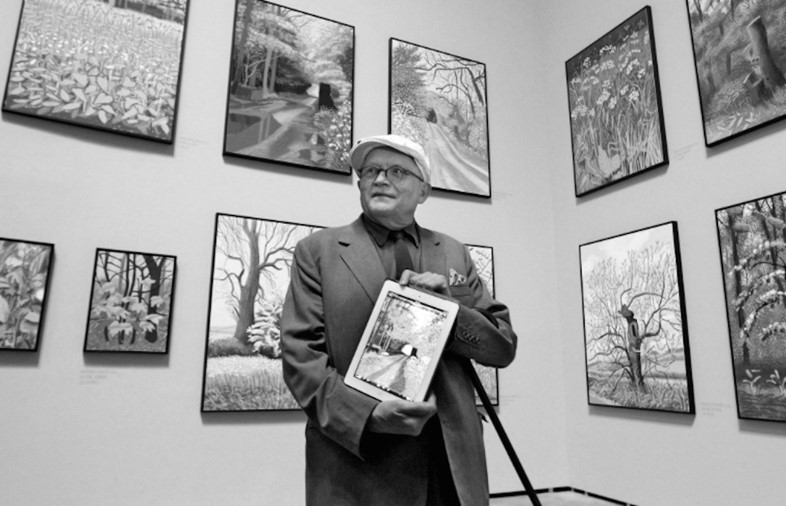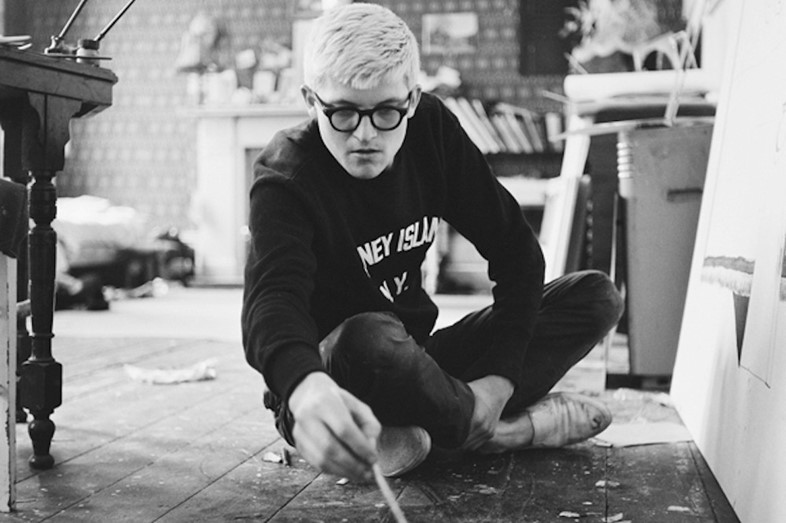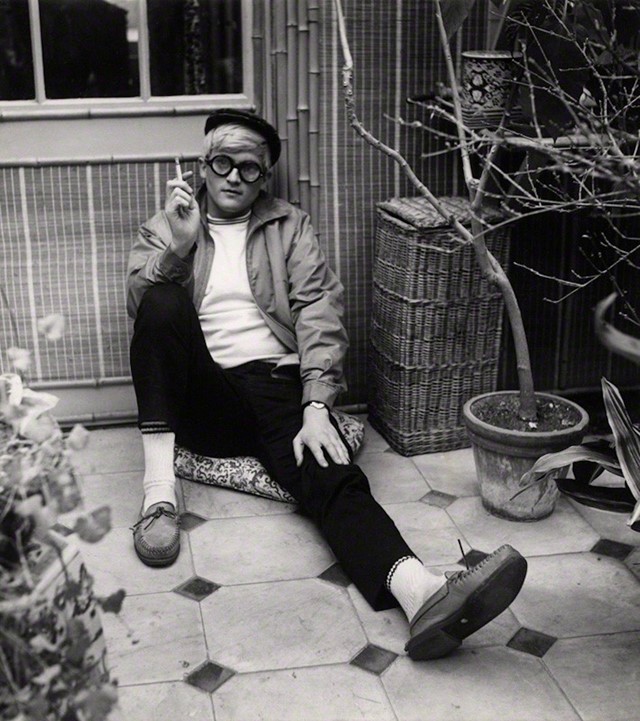The best-known British artist of his generation discusses social evolution and the marvel of Twitter
“I don’t tweet but I do observe it. For instance the day after my show opened here, I went to Baden-Baden because I was tired. But in Baden-Baden I followed the critics on Twitter. I then realised that Twitter was the totally new space; that the newspaper wasn’t really telling you what it really was, they were telling you that you could tweet just a little message that can’t be that many letters. But it isn’t just that because people can post something on it. Therefore I read reviews, but I also read comments on the reviews. The old schoolmaster critic is over, because people can write back now saying, ‘Well I don’t think that at all.’ Then I realised this whole new space had opened up...
“I’m an observer of Twitter; it’s an unbelievably fascinating space.”
I mean we need authority in some form. But it is happening whether we like it or not. The whole thing is that, for the individual, once you move to this technology, it’s simply having more power. But I think when it comes to news, there are ways to find out. If some event is happening, there are few ways, one of them is Twitter, oh yeah...

I don’t spend that much time on it, but I am aware of it. I was more fascinated by it than I thought. I was aware that the newspapers would be frightened of it because it is their territory and they’re not. It’s a fascinating thing, this...
I just read in Private Eye – you have to get this kind of information from Private Eye – that the Guardian has organised a kind of weekend to meet the writers with the readers. They asked me to go along, but I said I’m too deaf, I can’t really participate like that very easily. Anyway, they organised it and had all these speakers and all that and Private Eye pointed out that when they added up all funds they lost two hundred thousand pounds. How long can you go on? They’re fighting a losing battle. But I’m pointing out that I don’t think it will work like that on here [taps iPad], you become an editor on here. Depending on what kind of story you are looking for, I know where to go and look. I’m an observer of Twitter; it’s an unbelievably fascinating space.”

When we think of David Hockney, we think of sun-lit Californian scenes and geometric swimming pools splashed with turquoise water. We think of his 1980s Polaroid “joiners”, the intimacy of his portraits of family, friends and lovers and the contemplative allure of his still life paintings. Hockney’s thick-framed, oversized glasses also instantly come to mind, but would we associate the 77-year-old artist with Twitter? Not until now.
Possibly the most famous living artist of the 20th century British scene, the ever-evolving painter won’t let himself fall behind. In 2013, he exhibited a collection of more than 150 paintings created on his iPad, demonstrating an understanding of the artistic possibilities of technology that has eluded many younger artists. And while Hockney isn't the only artist out there who makes use of social media – Ai Wei Wei is incredibly active on Twitter and Tumblr, while KAWS' Instagram account is a collector's goldmine – at nearly 80 years old, Hockney's enthusiasm toward technology is rather astounding.
His candid reflections are captured in the opening pages of Hans Ulrich Obrist's new book. Inspired by Vasari, Lives of the Artists, Lives of the Architects is a collection of ongoing conversations with some of the world's greatest creatives, including Gilbert & George, Gerhard Richter and Louise Bourgeois. Discussing iPad tricks, modern-day news consumption and his fascination with Twitter, Hockney once again demonstrates why his is a career that shows no sign of slowing down.
Lives Of The Artists, Lives Of The Architects is out on May 7, published by Penguin. David Hockney: Painting and Photography is at Annely Juda Fine Art from May 15.
